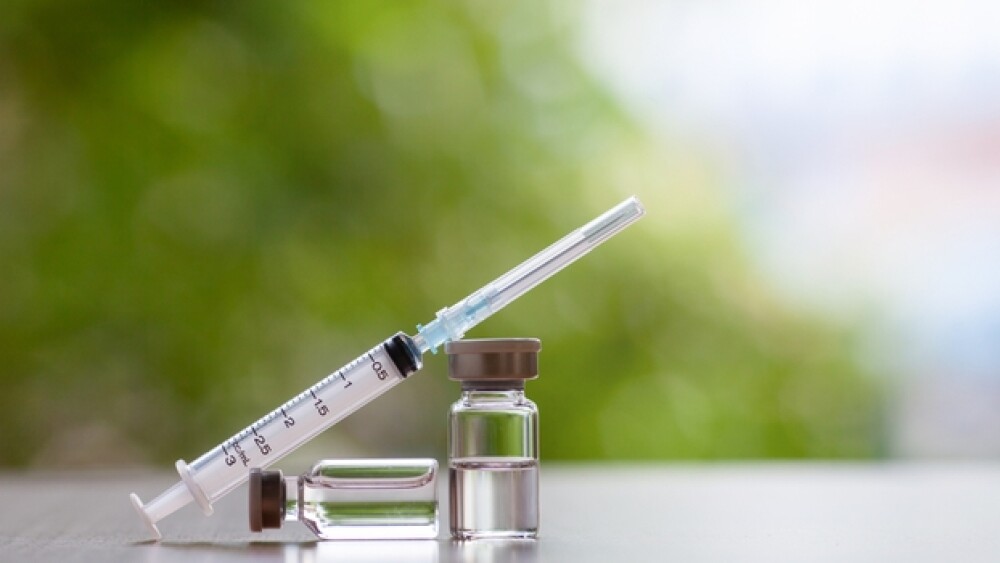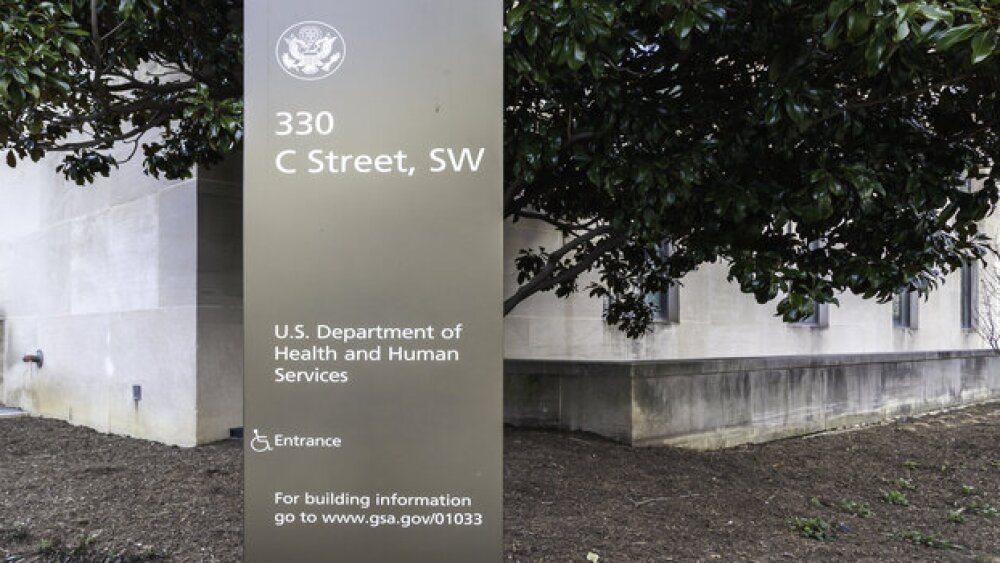Moderna’s mRNA Zika vaccine data is becoming helpful in the development of the COVID-19 vaccine. The company is using the elements to faster the process of producing the vaccine.
The mRNA Zika vaccine structure is going to help develop the COVID-19 vaccine.
Currently, one of the first companies to move a vaccine against COVID-19 into clinical trials is Cambridge, Massachusetts-based Moderna. The first patient was dosed at the Kaiser Permanente Washington Health Research Institute in Seattle on March 16. Moreover, the company has completed comprehensive research on mRNA Zika vaccine and the research shows promising results, data supports the COVID-19 vaccine approach.
The messenger RNA (mRNA) vaccine, mRNA-1273, is a new and unproven technology. The vaccine encodes for a prefusion stabilized form of the virus’s Spike (S) protein. It was chosen by Moderna researchers in collaboration with researchers at the National Institute of Allergy and Infectious Diseases (NIAID).
mRNA vaccines, instead of using a dead virus or isolated antigens from the virus, use a genetic code for the antigens—in this case the S protein—and when injected into the body, will cause the cells’ genetic machinery to create the protein, which will then trigger the body’s immune system to develop a response, creating immunity.
ad
More About the mRNA Zika Vaccine and its Relation With COVID-19 Vaccine
Moderna’s chief executive officer, Stephane Bancel, recently indicated that the company’s work with other experimental vaccines helps him feel more confident its COVID-19 vaccine will work. The company released promising early data from a Phase I trial of its experimental mRNA Zika vaccine this morning, which could possibly set the stage for similar data for the COVID-19 vaccine. Zika virus is transmitted primarily by Aedes mosquitos. Typical symptoms are mild, including fever, rash, conjunctivitis, muscle and joint pain. At worse it can cause microcephaly and congenital abnormalities in the developing fetus and newborns if the mother is infected during pregnancy. It is caused by a form of flavivirus.
The interim Phase I data from the Zika vaccine candidate, mRNA-1893, showed all four cohorts of the study had been dosed, 10 µg, 30 µg, 100 µg, and 250 µg. Neutralizing antibody titers were evaluated on the 10 and 30 µg doses, which were generally well-tolerated with no vaccine-related serious adverse events (SAEs) or adverse events of special interest (AESI). The most common adverse reaction was local pain at the injection site. Patients were given two doses 28 days apart. The second vaccination did not seem to cause changes in the safety profile.
The two dose levels stimulated a neutralizing antibody response in both flavivirus infection-naïve patients and in patients with pre-existing flavivirus antibodies. A single shot of the 30 µg dose was enough to convert the infection-negative patients, but there was a clear benefit of a two-dose series.
“I am encouraged by these interim Phase I data showing the ability of mRNA-1893 to elicit a strong neutralizing antibody response,” said Tal Zaks, Moderna’s chief medical officer. “Our Zika program, along with our continued work on a vaccine candidate against the novel coronavirus, underscore our commitment to improving global public health through developing mRNA vaccines to prevent the spread of infectious diseases.”
So far, Moderna has conducted early trials with success on nine vaccine candidates, including respiratory syncytial virus (RSV), human metapneumovirus (hMPV) and parainfluenza virus (PIV3), influenza H7N9, cytomegalovirus (CMV), Zika, Epstein-Barr, chikungunya and, of course, is running the trial on the novel coronavirus that causes COVID-19.
In an interview, Bancel said, “This is the 10th vaccine we’ve put in the clinic with Moderna’s mRNA platform. We expect the safety and tolerability profile of the Moderna COVID-19 vaccine to be very similar from the other vaccines. And so I think we start to be in a place where we are cautiously optimistic.”
Bancel also updated on the COVID-19 vaccine trial, saying it is now enrolling patients to receive the 250 µg dose, the highest delivered in the trial. The company expects safety data from the trial this spring and immunogenicity data by early summer. It hopes to launch a Phase II trial of hundreds of patients in the spring once the Phase I safety data is available, but before the immunogenicity data comes in. Then, if all goes well, hopes to start a Phase III trial in thousands of patients by early fall.
This is an unprecedented pace. Bancel also said Moderna would consider applying for emergency use authorization (EUA) if the safety and immunogenicity data from the Phase I trial and safety data from the Phase II trial were all positive. They would then potentially be given the approval to offer the vaccine in the fall, most likely exclusively to healthcare workers.
“It would be something that the FDA would have to define very clearly who they think there’s a good risk-reward ratio to potentially be exposed to the vaccine,” Bancel said. “In our current thinking, it would be mostly healthcare workers.”
The company is working on expanding its manufacturing capabilities and indicates it should be able to manufacture millions of doses per month this year and tens of millions of doses a month next year using the structure of mRNA zika vaccine. It is also in early discussions with outside companies to expand manufacturing capacity.
Although the research and science of vaccine development is generally difficult, Bancel believes at least one of the vaccines for COVID-19 that are in development will become available for widespread use in within 18 months.
“The virology of SARS-CoV-2 is not very complicated,” he said. He compares that to HIV, which is much more complicated and for which there are no vaccines available. -->





